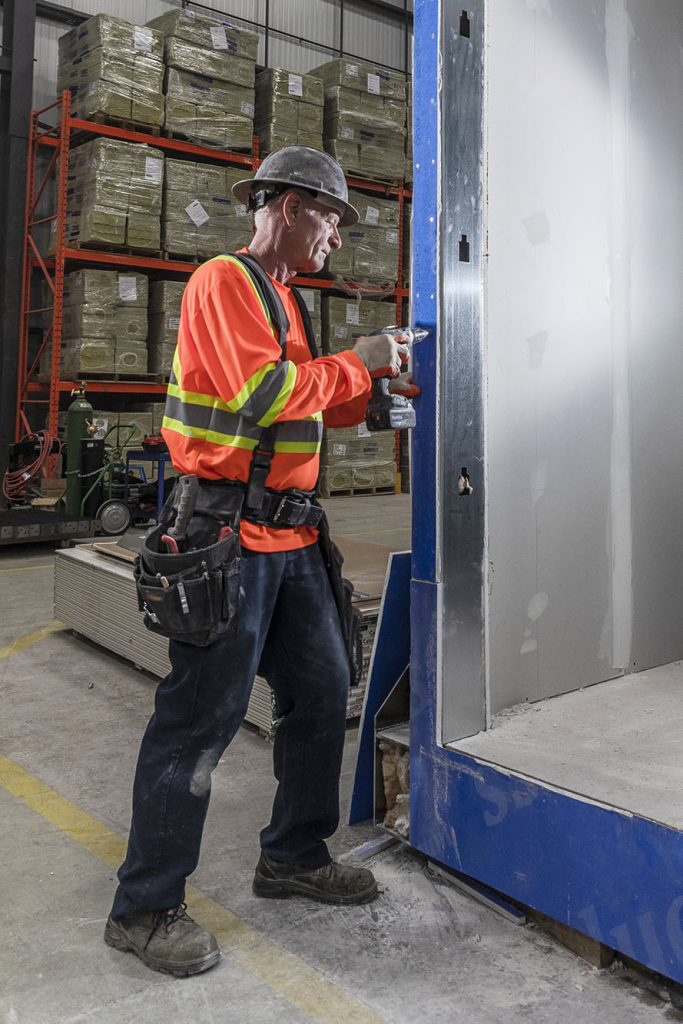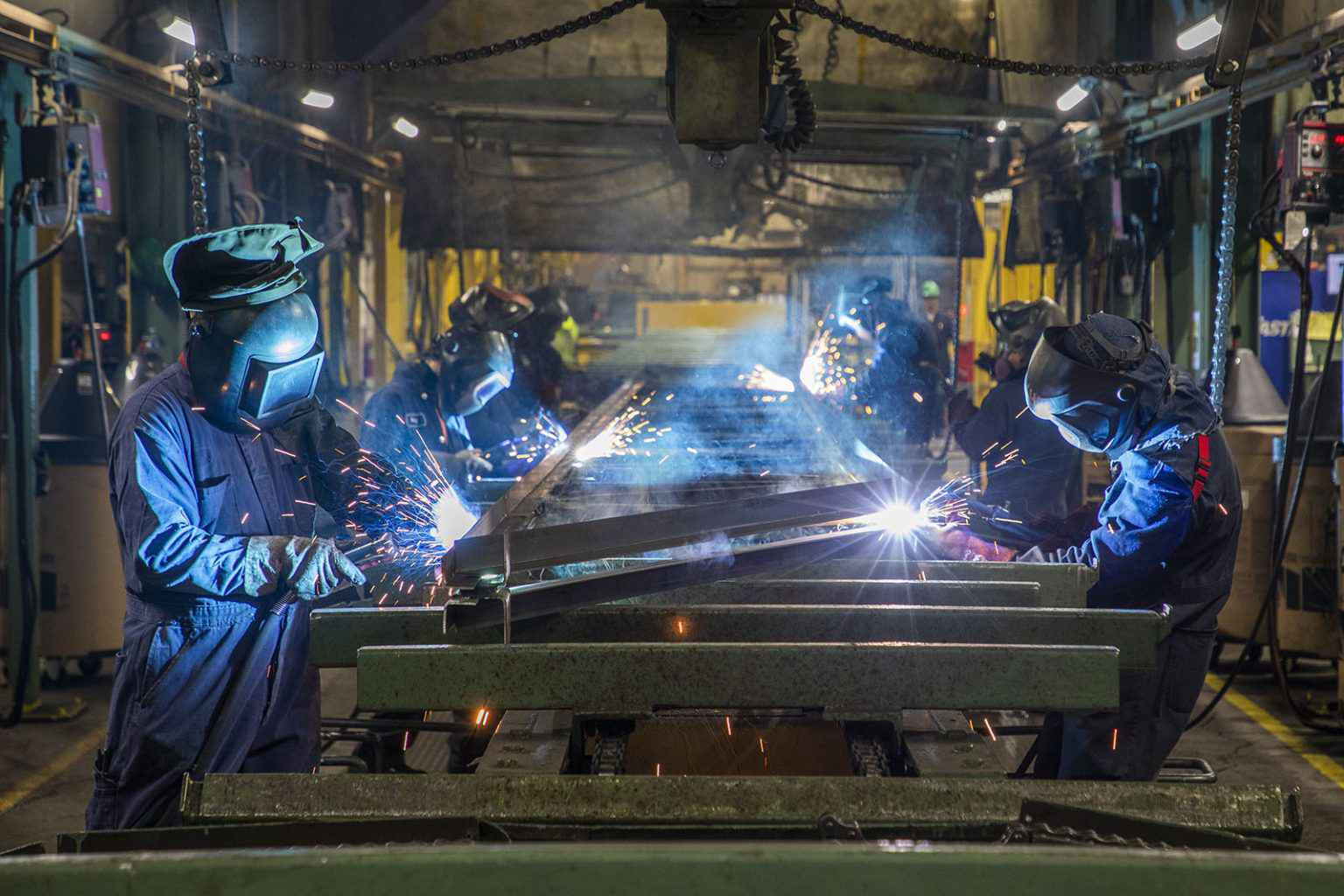Capturing Construction: How Professionals Photograph Progress
In the fast-paced world of construction, visuals tell the story of progress more clearly than any spreadsheet or schedule. From groundbreaking to grand opening, photography plays a crucial role in documenting milestones, showcasing craftsmanship, and communicating with stakeholders. But capturing construction isn’t just about taking pictures—it’s about doing it safely, strategically, and professionally.
Here’s how construction photography professionals approach the job with precision and purpose.
1. Planning the Timeline
Construction photography is often built around a project’s timeline. Shoots are scheduled to capture critical phases—foundation, framing, installation, finishing, and final reveal. A skilled commercial photographer knows how to plan these sessions to highlight the evolution of the site while minimizing disruption to work crews.
These photos become essential assets for investor updates, municipal reports, and internal documentation, especially on large-scale developments across Ontario.
2. Prioritizing Safety on Site
Shooting on an active construction site means safety is non-negotiable. Professional commercial photography teams arrive fully equipped—not just with cameras and drones, but with proper PPE and an understanding of safety protocols. Photographers coordinate with site supervisors, follow construction schedules, and shoot from secure vantage points without interrupting operations.
This level of preparedness separates serious construction photography professionals from general photographers who may not be accustomed to industrial environments.
3. Technical Tools of the Trade
Capturing scale and detail on a construction site takes more than a basic DSLR. Wide-angle lenses, drones, time-lapse rigs, and high-res sensors all come into play. Professionals also use editing software to adjust lighting, remove environmental distractions, and emphasize structural features.
For example, documenting a skyscraper’s façade installation might involve a drone flyover followed by close-up shots using tilt-shift lenses to preserve architectural accuracy—this is where professional architectural photography expertise becomes critical.
4. Telling a Story Through Images

Construction photography isn’t just technical—it’s narrative. A strong set of images tells a cohesive story, whether it’s for a developer’s portfolio, a marketing campaign, or a city grant proposal. Each phase should feel connected, progressing logically toward completion.
At Philip Castleton Photography, we understand how to sequence shots to reflect momentum and detail. Whether you’re showcasing materials, workforce, or final finishes, the story should align with your brand and your audience.
5. Creating Value for Multiple Stakeholders
Images from a construction shoot serve many purposes. Investors want proof of progress. Clients want updates without setting foot on site. Marketing teams need quality visuals for brochures, websites, and social media. That’s why working with business photography experts who know how to create versatile content is so important.
We deliver images formatted for print and digital use, ready for proposals, email updates, presentations, and more.
Capture Your Build with Confidence
If you’re managing a development, renovation, or large-scale build, don’t let poor visuals undermine your hard work. At Philip Castleton Photography, we specialize in industrial photography in Ontario and high-impact construction photography that meets professional and safety standards. From day one to completion, we help you document every step with clarity, quality, and purpose.
Partner with Philip Castleton Photography to elevate your progress reports and build a portfolio that speaks volumes.





